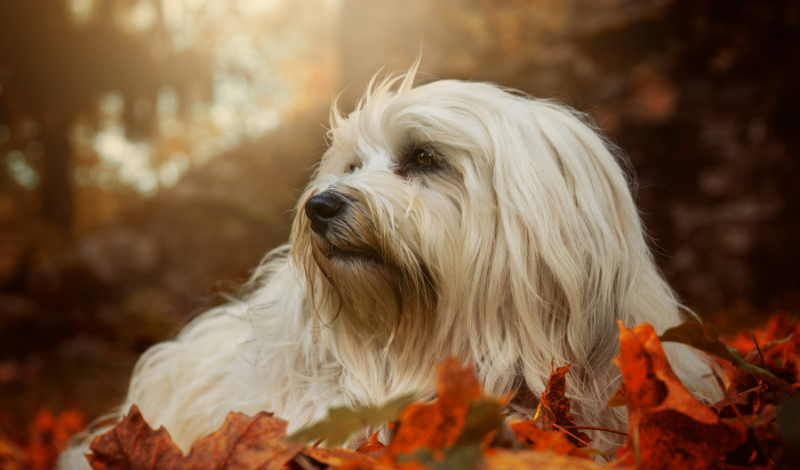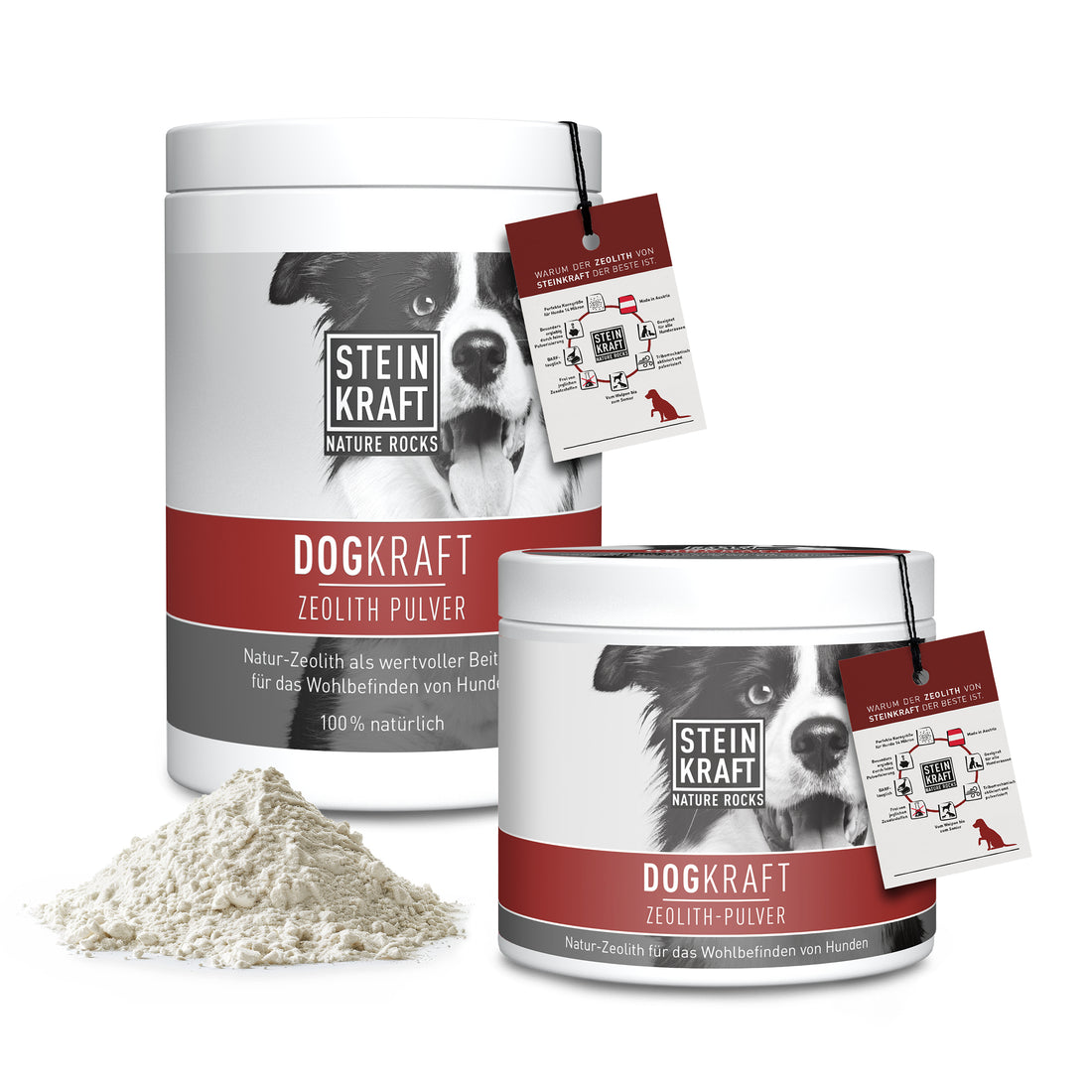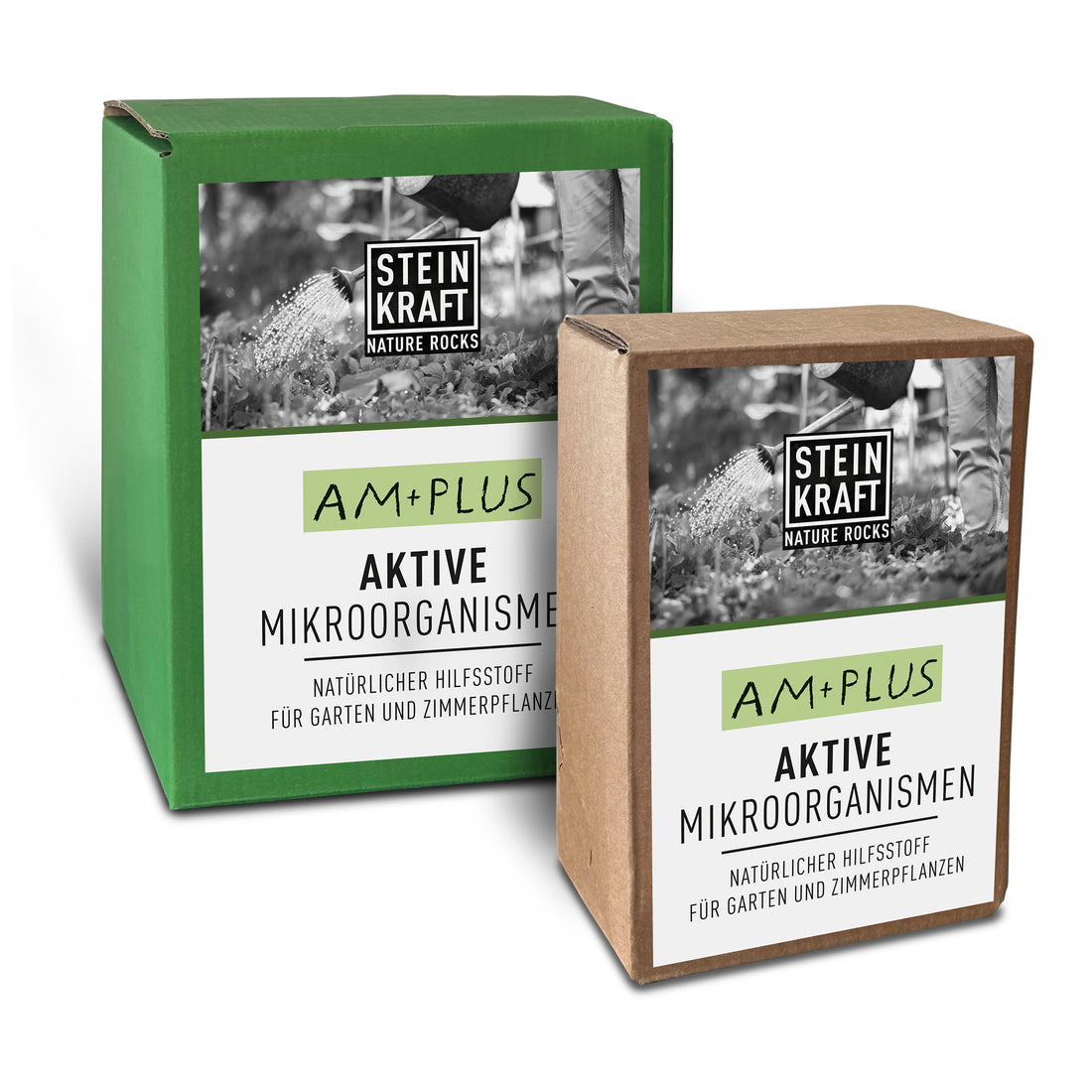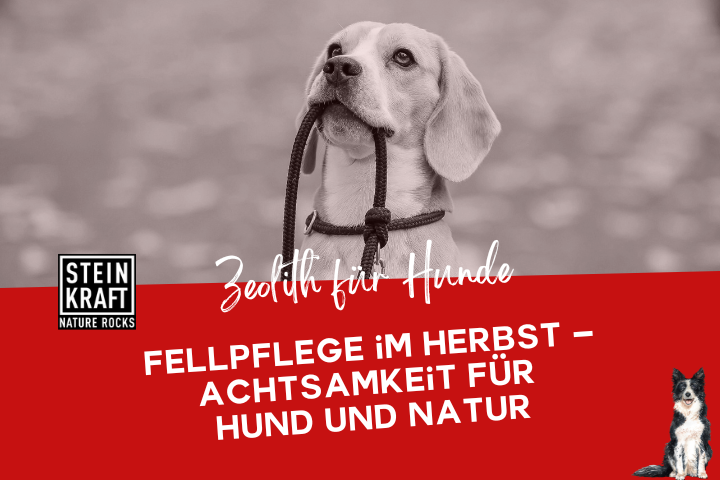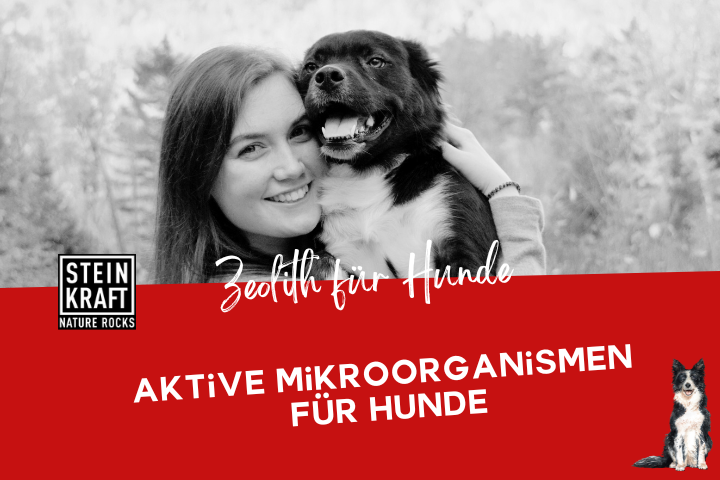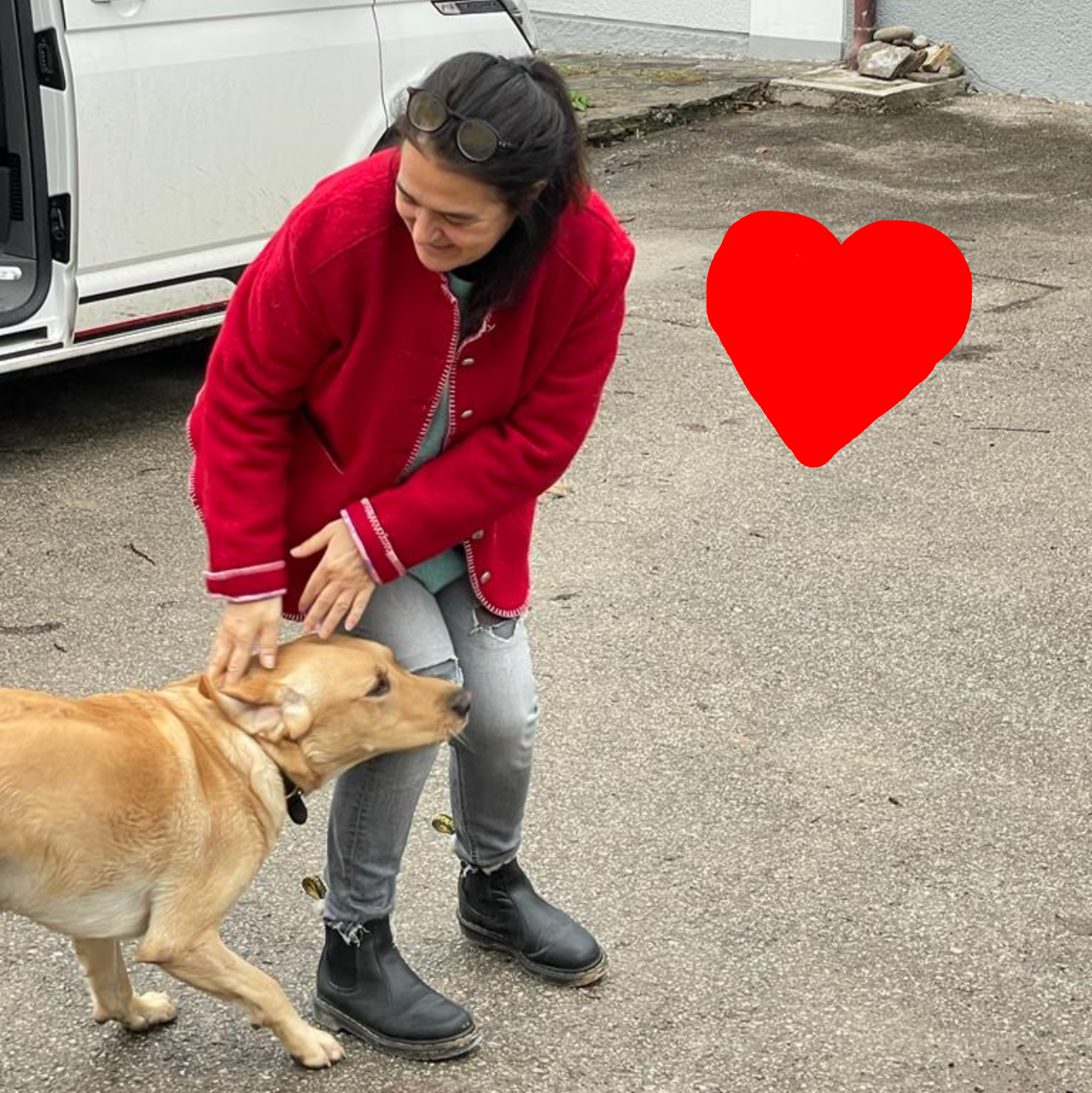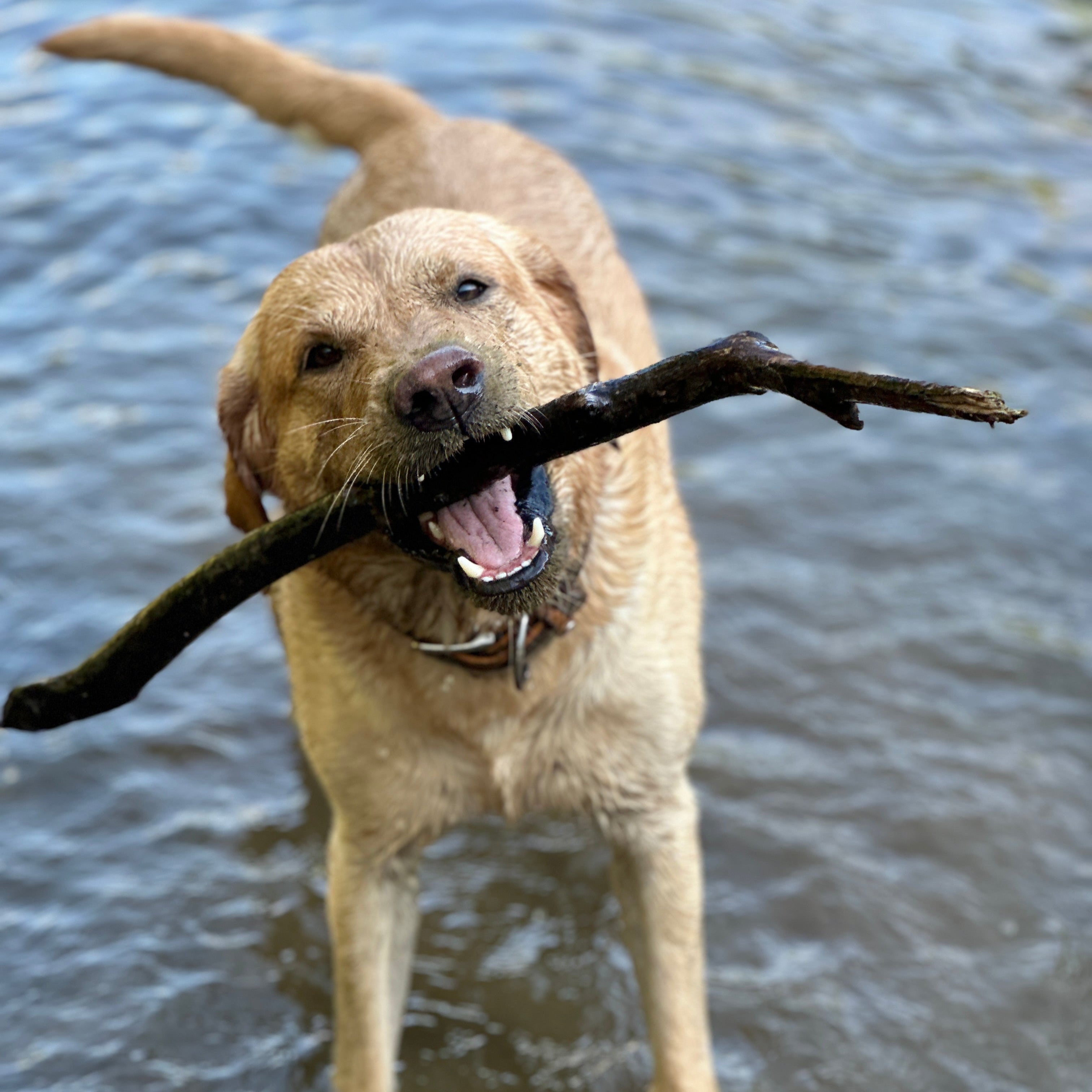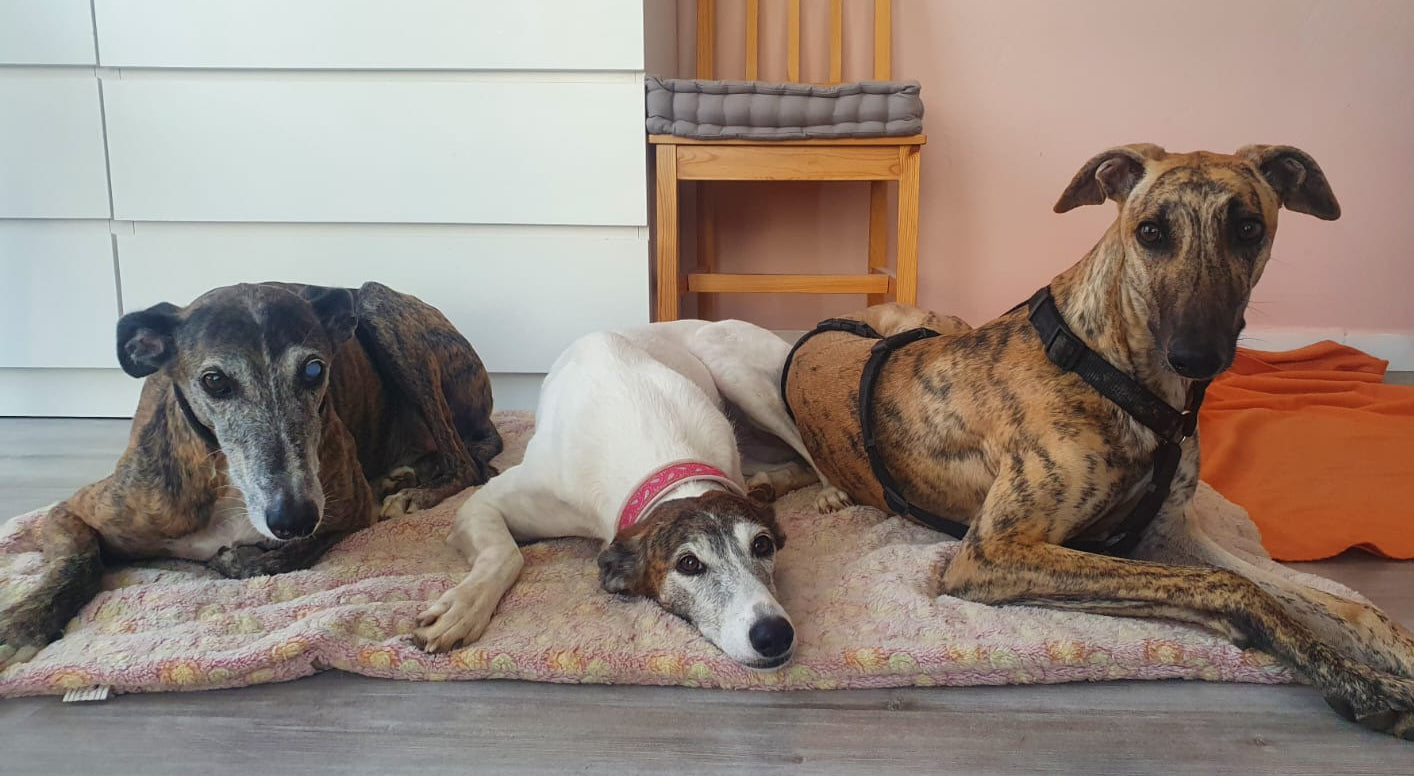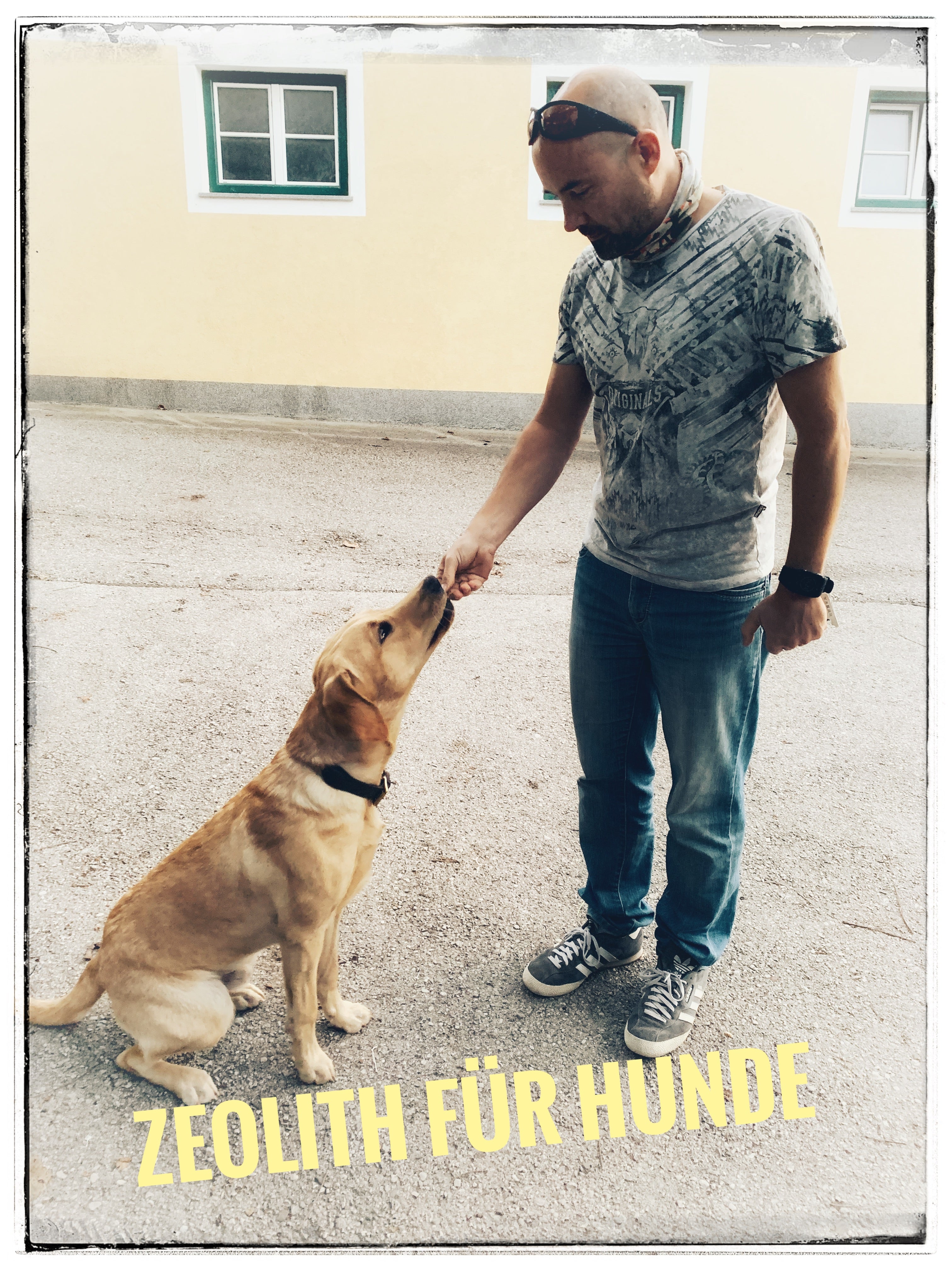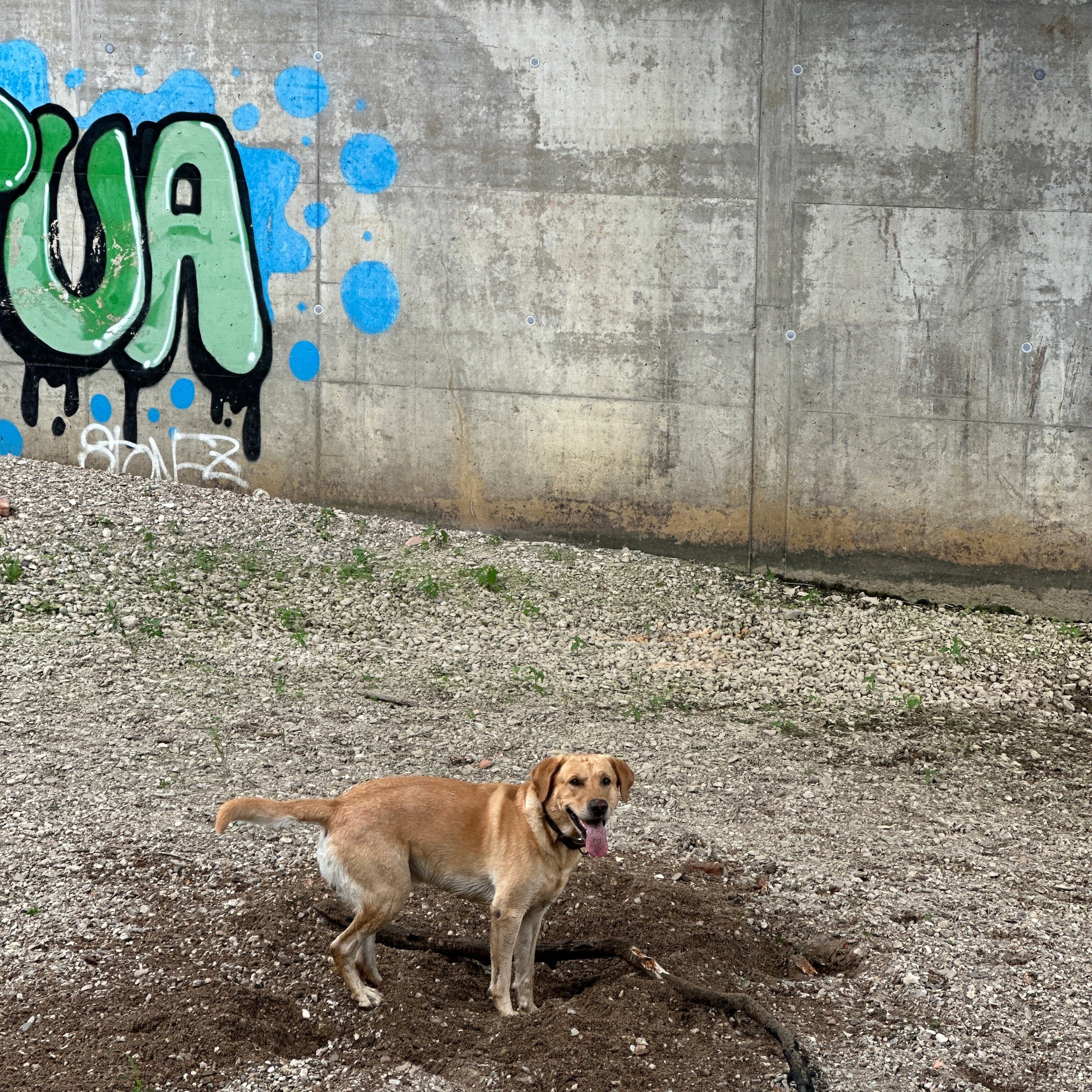Why the change of coat in autumn is so special
Autumn is a time of change. The trees shed their leaves, fog settles over meadows, and the light softens. For us humans, it's an invitation to become mindful. Our dogs sense this change, too. Their coats change, their skin reacts to wetness and cold, and their bodies adapt to the new season. Grooming in autumn is therefore far more than just a practical act—it's an expression of care and love .

Changing coat is exhausting

Dogs wear their fur like a natural coat. In autumn, the transition from a light summer coat to a thick winter coat occurs. This often results in a significant shedding of hair—a test of patience for us, but also a real physical challenge for the dog.
-
The body works intensively: the change of coat requires energy and nutrients.
-
The skin is more sensitive: irritation, flaking or itching may occur.
- Undercoat grows back: This provides warmth, but can become matted if not cared for.
Practical tips for coat care in autumn
1. Regular brushing – the little ritual

- During the autumn coat change, daily brushing should become a routine.
- Short-haired dogs: 2–3 times a week is sufficient.
- Long-haired dogs or thick coats: Daily with an undercoat comb or de-matting brush.
- TIP : Brushing acts like a little massage – it strengthens the bond and promotes blood circulation.
2. Drying after walks – more than just a towel
- Don't forget the spaces between your toes: Moisture collects there, and the skin can become soft and susceptible to fungi or bacteria.
- Drying ears: Droopy ears in particular retain moisture.
- DIY dog bathrobe: An old, large terry cloth bathrobe can be cut to size and fitted with Velcro fasteners—this will help the coat dry faster and keep the dog warm.
- For very wet fur: Use terry cloth dog coats or a hairdryer on a low setting.

3. Bathing only in exceptional cases
- Frequent bathing destroys the skin’s protective layer of fat.
- In autumn, a rinse with clear water is usually sufficient.
- For heavy dirt, use mild dog shampoo – never human shampoo!
- TIP: Always spray with microorganisms after bathing. A healthy microbiome for the coat.
4. Parasite check – how to do it right
Ticks and fleas are also active in autumn, as long as it is not permanently freezing.
- Check for ticks: Part the fur after every walk and check especially the head, neck, armpits, belly and the space between the toes.
- Flea detection: Run a flea comb through the fur. If small black crumbs remain on the comb and turn red when rubbed on a damp cloth (blood residue), then this indicates a flea infestation.
- TIP : Watch for changes in behavior – constant scratching or nibbling can be a sign.
5. Nutrition for skin and coat

- Coat care begins from the inside: High-quality oils (e.g. linseed oil, salmon oil) make the coat shiny and support the skin.
- Minerals such as silicon are important for skin and fur – zeolite can be useful as a natural mineral here.
- During the coat change, the body uses up many resources, so pay attention to a balanced diet.
Zeolite & skin powder – gentle helpers in autumn
Zeolite for dogs – inner support
- Binds harmful substances in the digestive tract – ideal when dogs ingest something undesirable in leaves or on meadows.
- Provides minerals that support skin and coat during shedding.
- Strengthens inner balance – helpful during this strenuous transition phase.
Zeolite skin powder – external support
- Binds moisture in the coat, ideal after walks through rain and leaves.
- Soothes irritated skin and protects against soreness.
- Practical for sensitive areas such as the stomach, paws or skin folds.
Our conclusion – grooming is caring ♡🐾
Autumn shows us that change is a part of life. Dogs accompany us during this time with quiet loyalty—and we can thank them with loving grooming. Regular brushing, thorough drying, parasite checks, and natural aids like zeolite and skin powder make autumn grooming a mindful ritual.
Thus, a necessity becomes a sign of love—and autumn becomes a season of closeness between humans and animals. 🍁🐾

❓ FAQ – Dog grooming in autumn
How do I care for my dog's coat in autumn?
Regular brushing, thorough drying after walks, and gentle skin care. Natural products like zeolite further strengthen the skin and coat.
How often should I brush my dog during shedding ?
Brush short-haired dogs 2–3 times a week, and long-haired dogs ideally daily. This prevents matting and promotes the coat change.
What should I do if my dog sheds a lot in the fall?
Frequent brushing, a balanced diet, and mineral supplements help. Zeolite can provide support from within.
Should you bathe dogs in the fall?
Only when necessary. Frequent bathing damages the skin's protective barrier. Usually, rinsing with water is sufficient.
How do I dry my dog after a walk?
Rinse thoroughly with a towel or bathrobe, especially between the toes, underarms and stomach.
How do I check my dog for parasites?
Part the coat and check the head, neck, belly, armpits, and the space between the toes. A flea comb helps with fleas.
How do I recognize fleas in the fur?
Black crumbs in the flea comb that turn red when wiped with a damp cloth are an indication of flea droppings.
What coat care is important for older dogs in autumn?
Gentle brushing, warmth, thorough drying, and protection from drafts. Zeolite can also strengthen the immune system.


